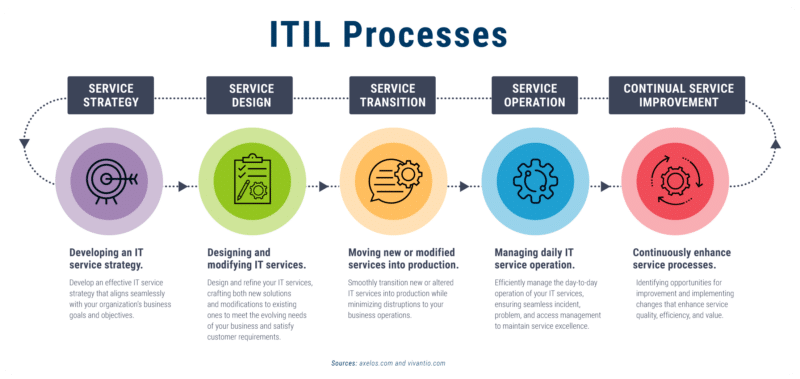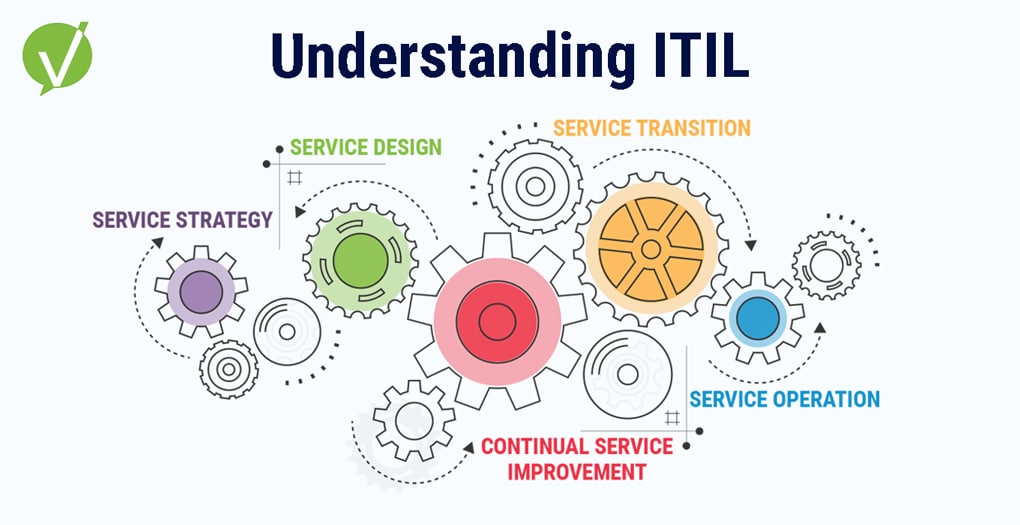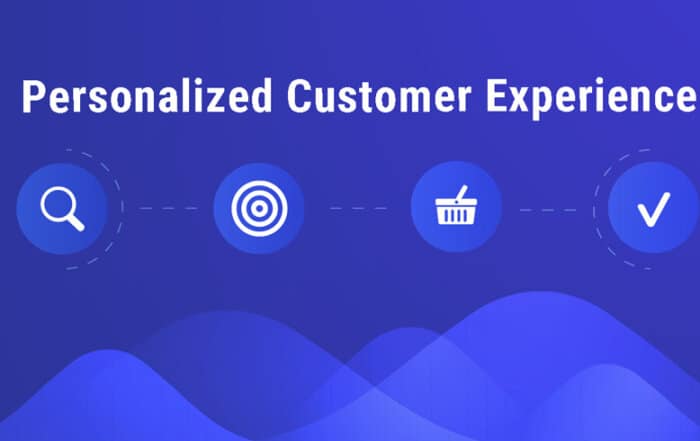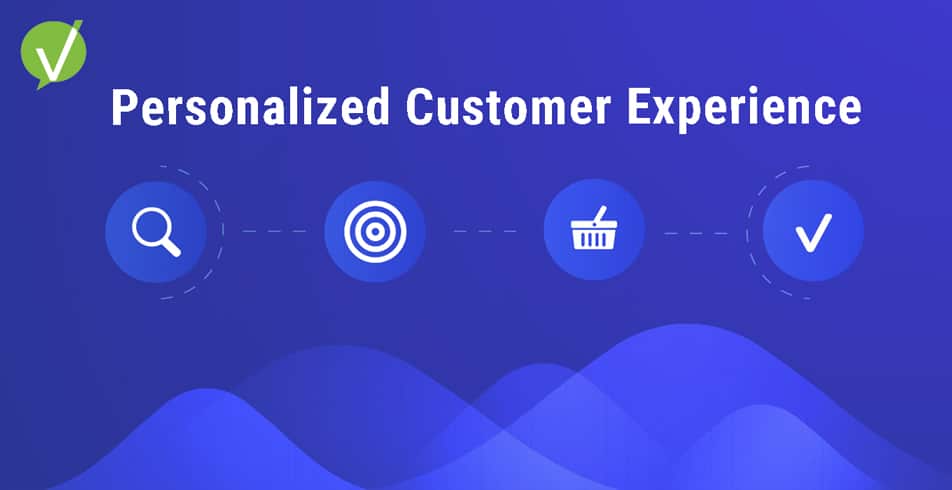Basic Understanding of ITIL
Introduction
If you work in the technology industry, you may have heard about ITIL, or Information Technology Infrastructure Library. ITIL is a set of practices for IT service management that helps organizations align their IT services with business objectives. In this section, we will provide you with a basic understanding of ITIL, its importance, and the benefits of obtaining ITIL certifications.
Key Takeaways
- ITIL stands for Information Technology Infrastructure Library.
- ITIL is a set of practices for IT service management.
- ITIL helps organizations align their IT services with business objectives.
- ITIL certifications are beneficial for IT professionals.
- ITIL 4 is the latest version of the ITIL framework.
What is ITIL and its Framework?
Information Technology Infrastructure Library, or ITIL for short, provides a comprehensive framework of best practices for IT service management. It defines a set of guidelines and procedures for effectively managing and delivering IT services to meet business needs and customer expectations.
ITIL’s framework emphasizes a service-oriented approach to IT service management rather than hardware or software-specific. The ITIL framework outlines several processes and functions necessary to deliver IT services at a high standard, including incident management, change management, and service design.
It’s crucial to note that ITIL should not be seen as a one-size-fits-all solution. Instead, it provides a flexible framework that can be tailored to fit an organization’s specific requirements and challenges. By implementing ITIL best practices, organizations can create a culture of continuous improvement while delivering value to their customers and stakeholders.
Benefits of ITIL Framework
The benefits of the ITIL framework extend beyond improving service delivery. Implementing ITIL’s best practices can help organizations:
- Optimize IT operations and reduce costs
- Align IT with business objectives and goals
- Improve customer satisfaction and enhance the user experience
- Maximize the value of IT investments
- Create a culture of continuous improvement
ITIL Process
The ITIL framework includes several processes and functions that can be broken down into key areas:
ITIL Processes |
Description |
|---|---|
| Service Strategy | Developing an IT service strategy that aligns with business goals and objectives. |
| Service Design | Designing new IT services and modifying existing ones to meet business needs and customer requirements. |
| Service Transition | Moving new or modified IT services into production while ensuring minimal disruptions. |
| Service Operation | Managing the daily operation of IT services, including incident, problem, and access management. |
| Continual Service Improvement | Identifying opportunities for improvement and implementing changes that enhance service quality, efficiency, and value. |
By following these processes, organizations can ensure that their IT services are delivered at a high standard, meet their business needs, and continuously improve over time.

Key Concepts in ITIL
In ITIL, service management is the foundation for delivering quality IT services. Service management ensures that the IT services provided align with the needs of the business. Service design is the process of creating new IT services and improving existing ones. This process defines the requirements, resources, and capabilities needed to deliver services that meet the business needs.
Change management is responsible for managing changes to IT services to prevent negative impacts on the business. Incident management is the process of identifying, tracking, and resolving IT incidents to minimize business disruption. Finally, the ITIL service lifecycle is the framework used to manage IT services from start to finish, including service strategy, service design, service transition, service operation, and continual service improvement.
Benefits of Implementing ITIL
Implementing ITIL can deliver significant value to your business by aligning your IT services with your specific business objectives. ITIL processes are designed to improve efficiency by streamlining workflows and reducing errors. By adopting ITIL, you can ensure better customer satisfaction by delivering high-quality services that meet or exceed their expectations.
ITIL can help you achieve your business objectives by:
- Improving the quality of IT services through standardized processes.
- Reducing costs and increasing productivity by identifying and eliminating inefficiencies.
- Aligning IT and business objectives to improve the overall performance of your organization.
- Enhancing customer satisfaction by providing timely, reliable, and efficient services.
Implementing ITIL can help you achieve these benefits by providing a framework of best practices for managing IT services. By aligning your IT services with ITIL processes, you can ensure that your services are delivered consistently and efficiently. This can lead to greater customer satisfaction, improved productivity, and a more successful business overall.
ITIL Certification and Training
Becoming ITIL certified is a great way to demonstrate your expertise in IT service management and advance your career. There are several different levels of ITIL certification available, depending on your experience and goals.
ITIL Foundation
The ITIL Foundation certification is the entry-level certification and provides a basic understanding of the ITIL framework, key concepts, and terminology. This certification is ideal for those new to ITIL or early in their IT service management career.
ITIL 4 Managing Professional
The ITIL 4 Managing Professional certification is designed for experienced IT professionals who want to demonstrate their knowledge and skills in IT service management. This certification focuses on practical application of ITIL concepts and covers four different modules:
| Module | Description |
|---|---|
| ITIL 4 Specialist Create, Delivery and Support | Covers the practical skills necessary to create, deliver and support IT-enabled services at a high level of quality. |
| ITIL 4 Specialist Drive Stakeholder Value | Covers the skills required to engage stakeholders, manage relationships, and capture business value. |
| ITIL 4 Specialist High Velocity IT | Covers the digital transformation of IT, including topics such as Agile, DevOps, and Lean. |
| ITIL 4 Strategist Direct, Plan & Improve | Covers the skills needed to align IT and business strategy, govern IT, and continually improve IT-enabled services. |
No matter which ITIL certification you choose, continuous learning and professional development are essential in the ITIL framework. ITIL Training Courses are designed to help you develop and maintain your skills and knowledge, and ensure that you remain up-to-date with the latest industry trends and best practices.
ITIL vs IT Service Management (ITSM)
While ITIL defines a set of best practices for managing IT services, IT Service Management (ITSM) is a broader framework that encompasses all aspects of IT service delivery.
The ITSM framework provides guidance on various service management processes, including incident management, problem management, change management, and service level management. These processes are designed to ensure that IT services are aligned with the needs of the business and delivered with a focus on customer satisfaction.
ITIL, on the other hand, focuses exclusively on IT service management processes, providing a more detailed framework for implementing best practices in this area. ITIL is often used as a complementary framework within the broader context of ITSM, helping to ensure that IT service management processes are implemented effectively and efficiently.
The key difference between ITIL and ITSM, therefore, is that ITSM provides a comprehensive framework for managing all aspects of IT service delivery, while ITIL is specifically focused on IT service management processes. Both frameworks, however, are essential for organizations looking to deliver high-quality IT services that are aligned with business objectives and customer needs.
Implementing ITIL Practices
So, you’ve decided to adopt ITIL practices within your organization. What’s next? The process of implementing ITIL can seem overwhelming, but with the right approach, it can be a rewarding and efficient process. Here’s a checklist for implementing ITIL practices:
Implementing ITIL Practices Checklist:
☑ Evaluate Existing Processes:
- Assess current processes for inefficiencies.
- Identify areas where ITIL can streamline operations.
- Note unclear or undefined processes.
☑ Develop a Plan for ITIL Adoption:
- Create a roadmap for ITIL implementation.
- Involve stakeholders in the planning process.
- Ensure alignment with organizational needs.
☑ Implement ITIL Practices:
- Define new processes based on ITIL guidelines.
- Update existing documentation to align with ITIL.
- Provide training to staff on ITIL principles.
- Monitor progress and make adjustments as necessary.
☑ Streamline Processes:
- Observe improvements in service management.
- Utilize ITIL framework for clear IT service management.
- Follow ITIL best practices to reduce inefficiencies.
- Deliver enhanced value to the organization.
By following this checklist, you can effectively implement ITIL practices within your organization and improve the management of IT services.
Unlock the full potential of your organization’s ITIL practices with Vivantio’s specialized expertise. With over two decades of industry experience, Vivantio seamlessly integrates ITIL principles and data-driven decision-making to enhance service performance – a critical component in achieving customer satisfaction and business success. By prioritizing the right ITIL metrics, Vivantio empowers you to identify improvement opportunities and take decisive actions to meet your service level objectives. This approach leads to increased productivity, heightened customer satisfaction, and more efficient support processes. Connect with our Vivantio team today or sign up for a complimentary demo to harness the power of ITIL practices and drive seamless IT service delivery within your organization.













